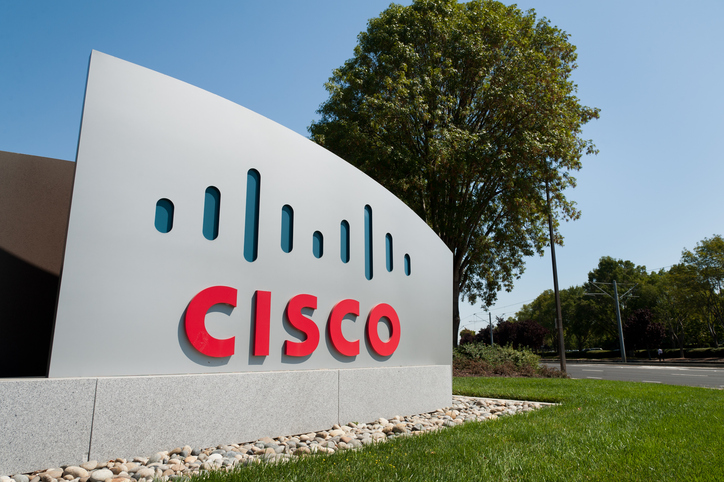“Every eight to ten years, a significant transition occurs that changes the IT landscape.” So says John Thompson, former CEO and now chairman of security giant Symantec.
Recent examples of this include the move to client-server computing, followed by the web. Now, he says, enterprise IT is being turned on its head by virtualisation.
Thompson’s approach to success in the IT industry, he adds, has not been to exploit these transitions directly, but to help resolve their “downstream effects”, the unintended consequences that business must inevitably address.
Symantec, for example, which grew revenues tenfold to $6.2 billion during Thompson’s decade as CEO, helped businesses secure and manage their infrastructure once the “floodgates” to the web had been opened, he says.
With his new venture, Virtual Instruments, Thompson hopes to repeat the trick for the complexities that arise from virtualisation, and specifically its impact on storage.
Virtual Instruments’s flagship product is a hardware appliance that ‘taps’ into fibre channel storage area networks to provide highly-detailed analysis of their performance. It is based on powerful but complex storage network analysis technology from a company called Finisar, which Virtual Instruments has repackaged into a more usable and marketable appliance.
Interesting Links
“Finisar always had the best analytics tool,” explains Henry Baltazar, senior storage analyst at The 451 Group. “But using it was a complex process, and the metrics were difficult to read without a trained engineer.”
Thompson’s initial involvement with Virtual Instruments was as an investor and director, but following a “little bit of a hiccup in our financial performance” in 2009, he decided to take the helm as CEO. Since then, the company’s revenue has grown 150% year-on-year, he says, placing it among the fastest-growing start-ups in Silicon Valley.
According to Baltazar, Virtual Instruments’s technology is aimed squarely at the high end of the market. “It’s really for the Fortune 500 companies,” he says. For one thing, the cost per switch excludes medium-sized businesses.
Secondly, it is dedicated to the fibre channel storage networking standard. This is by no means a small opportunity, says Baltazar. Fibre channel was significantly faster than the alternatives for much of the last decade, he says, and so mission-critical enterprise systems, “the ones you really need to count on”, invariably use a fibre channel SAN. However, Virtual Instruments does not support the iSCSI standard, which is more popular in the mid-market.
According to Thompson, fibre channel SANs are already under severe strain. “Storage volumes are growing at 50% a year on average for most of these large companies, and things are breaking,” he says. “The number of trouble tickets that get issued, the number of system outages that occur, the amount of capital that’s being spent, in my mind needlessly, for excess capacity, are all causing enormous problems for these companies.”
Those problems are only going to get worse as companies virtualise more of their systems, explains Baltazar.
“Managing a storage area network was complex enough when you had one application per server, and one storage system talking to one switch,” he says. “Virtualisation means that a server is not one server, it can be dozens of servers, and a storage system is not dedicated to a single application, it has hundreds or thousands of volumes that are going out to all these different clients.”
“As that complexity grows, you really do need to have stronger SAN performance analytics, especially when something is going wrong,” he adds.
According to Baltazar, no supplier is better placed to capitalise on this opportunity than Virtual Instruments “at the high end”. Precisely how many companies will be able to pay high-end prices in 2011 is another question, but Thompson is confident.
Like many storage management suppliers, Virtual Instruments argues that by allowing more sophisticated storage tiering, its technology allows customers to save money in the long run. “Companies want to spend with an eye towards optimisation – not just performance optimisation, but capital optimisation,” says Thompson. “We think that bodes well for our company.”










